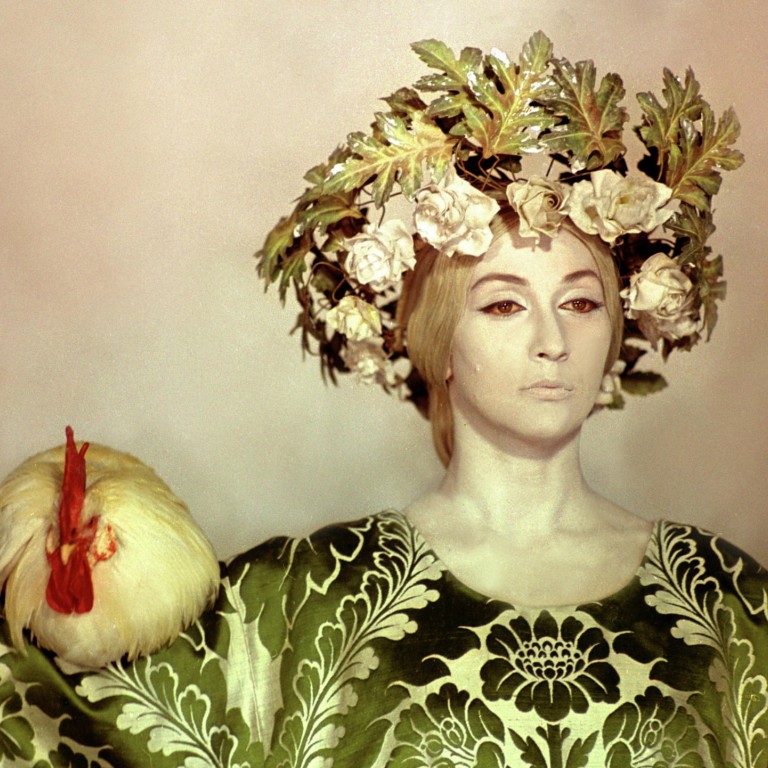
Film appreciation: The Colour of Pomegranates - a baffling treat
Armenian director Sergei Parajanov's is a rare, unforgettable, if bewildering, treat.
A kind of visual poem, the 1969 classic presents gorgeous scenes from the life of Armenian ashik (a mystic bard of the Turkic people) Sayat-Nova.
Unless you're Armenian, it's worth looking up the 18th-century poet-courtier-diplomat-priest to get the broad brushstrokes before watching, because this dream-like piece is far removed from your typical biopic. Parajanov presents key moments from Sayat-Nova's boyhood to death in a series of stunningly photographed and designed tableaux, seeking to convey the themes and expression of his poetry through the visual medium.
Plot, narrative, dialogue and camera movement are almost completely absent. It is disconcerting until you submit to the beautiful images, which combine Byzantine art, ethnic costumes, pagan and Christian motifs and sheer eroticism. The fantastical quality is further enhanced by the wonderful actress Sofiko Chiaureli, who plays five roles, including both poet and his lover.
Parajanov's complete disregard for social realism — the only form of expression then allowed in the Soviet Union — saw the film hacked to bits by censors and banned from export for its supposedly inflammatory content.
The bisexual Parajanov was thrown in the gulag four years later for "trafficking in art objects and currency, spreading venereal disease, incitement to suicide, homosexuality and anti-Soviet agitation".
The international artistic community, which had embraced his previous feature (1965) and hailed as a masterpiece when seeing it on smuggled-out pirate copies, helped to get him released in 1977, but he continued to be hounded by the authorities. Although Parajanov completed two more features in the 1980s, he died in 1990, aged 66, weakened by his time in jail.
"I didn't know any more about Sayat-Nova at the end of the picture than I knew at the beginning, but instead what Parajanov did was [open] a door into a timeless cinematic experience," said Martin Scorsese at the Toronto Film Festival in September last year, when this beautifully restored print — as close as we can get to Parajanov's original vision — was presented.

